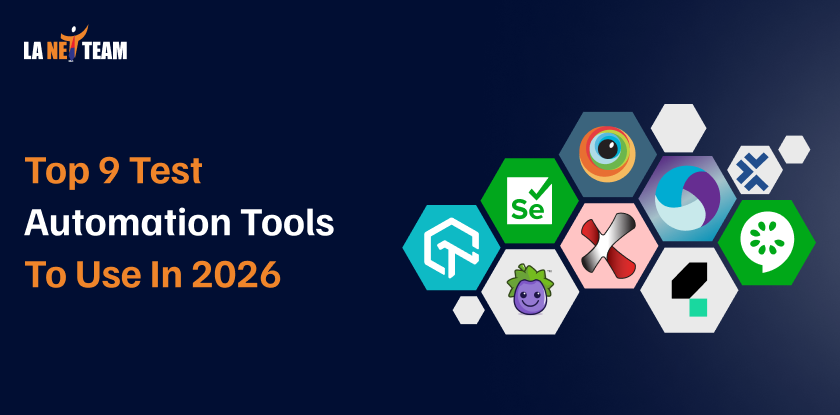Did you know companies using automation tools catch bugs 70% faster than manual testing?
Even a small bug in your app can stop users from signing up, paying, or just browsing.
This is where test automation tools help.
Test automation tools help in spotting the issue and make sure the problems are fixed before real users see them.
Additionally, they can test multiple features at once, repeat tests perfectly, and work on different devices and browsers. Let’s check out the top 9 test automation tools to use in 2026 and make a reliable app.
What Is Automation Testing?
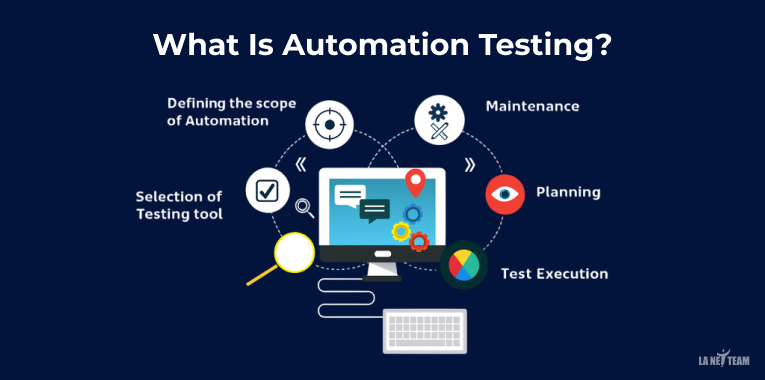
Automation testing is a process where testers use special software tools to check an application instead of testing everything manually.
The automation testing is perfect for repetitive or complex tasks that are difficult to perform manually. Due to automation, the testing can be done anytime, even overnight.
The aim of doing automation testing is to reduce manual testing so that testers can focus on more productive work. It plays role in ‘Quality Assurance in Software Development’.
Comparison Table Of Best Automation Testing Tools
| Platform | Pricing | Language | Works On | Coding Needed | Setup |
|---|---|---|---|---|---|
| Selenium | Free/open source | Java, Python, C#, Ruby, JavaScript | Web browsers | Coding required | Moderate technical setup |
| Katalon Studio | Free tier + Paid plans | Groovy/Java, JS integrations | Web, Mobile, API, Desktop | Low code + full-code options | Easy to moderate, installs as an IDE (has a GUI) |
| Ranorex | Paid (commercial) | C#, VB.NET (supports many tech stacks) | Desktop, Web, Mobile | Coding or low-code (both supported) | Moderate, installer, and object recognition setup |
| Lambda test | Freemium/paid plans | Java, Python, JS, etc. (supports common framework) | Web and Mobile (cloud real devices) | Low-code and scripting supported | Easy, cloud setup, no local device lab needed |
| Browser stack | Paid (plans + free trial) | Supports many languages | Web and Mobile (cloud real devices) | Low-code and coding (depends on framework) | Easy cloud setup, integrates with CI |
| Cucumber | Open source/ paid studio | Gherkin plain language with bindings in Java, Ruby, JS, etc. | Web/Mobile/API | Some coding (step definition), but a readable DSL | Moderate; install framework and link to runner |
| Appium | Free/ open source | Java, Python, Ruby, JavaScript, C#, etc. | Mobile (Android and iOS), mobile web, and hybrid apps | Coding required (test scripts) | Moderate; needs device/emulator setup or cloud |
| Eggplant functional | Paid (commercial) | SenseTalk (English-like scripting) | Desktop, Mobile, Web | Low-code with its own scripting language | Moderate; installs client and server components |
| Tricentis Tosca | Paid (enterprise pricing, trial available) | Codeless model-based, integrates with many techs | Web, Mobile, Desktop, Enterprise apps | Mostly codeless (model-based), but integrations are possible | Moderate to easy; cloud or on-prem options, guided setup |
9 Best Automation Tools You Should Know
1. Selenium
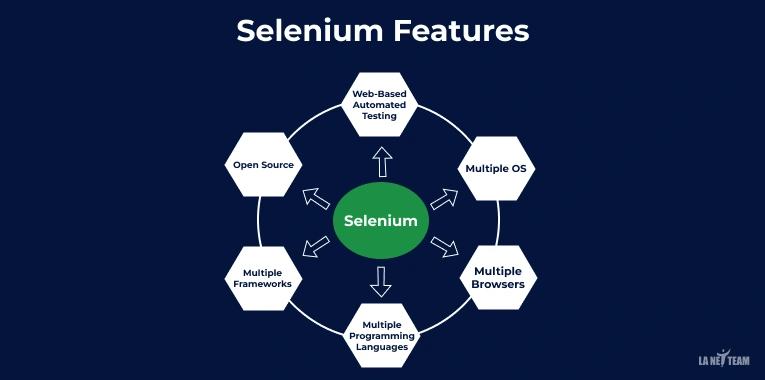
Best for: Teams with coding experience
Selenium is a classic open source tool for automating web browsers. Mainly used to test web applications across different browsers and platforms.
Instead of manually testing features, Selenium lets you write scripts. It automatically performs actions such as logging in, filling out forms, or checking buttons and links.
With Selenium, you can test your website and apps quickly. It helps make sure they work well on different browsers. Such as chrome, firefox, or safari.
Advantage:
- Free and open source
- Cross-browser testing
- Saves Time
- Flexible & powerful
- Scalable
- Cost effective
Disadvantage:
- Set up can be tricky
- Limited to the web
2. Katalon Studio
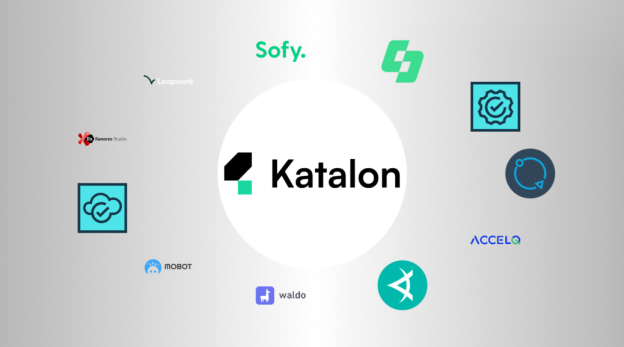
Best for: Teams that want fast setup and a gentle learning curve
Katalon is a ready-made test tool that is built on top of Selenium and Appium. It is popularly known for making test automation faster and easier.
You can record actions on your app or website visually, so you don’t have to write every line of code.
With Katalon, you can save time, reduce errors, and maintain the reliability of your software across multiple platforms.
Advantage:
- User-friendly
- All-in-one
- Flexible
- Speeds up testing
Disadvantage:
- Not ideal for very large projects
- Learning curve for advanced features
3. Ranorex
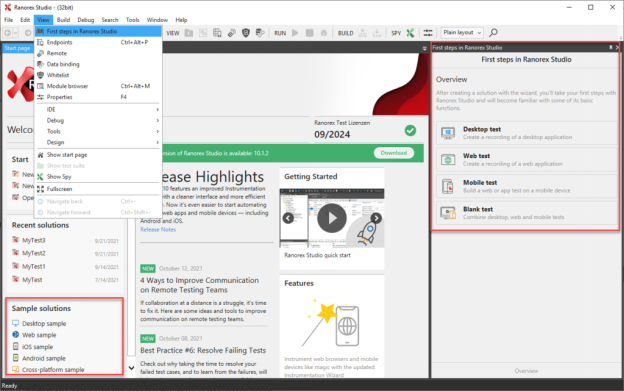
Best for: Enterprises testing legacy desktop apps alongside web apps
A commercial tool named Ranorex, which focuses on GUI testing for desktop, web, and mobile apps. It is known for making testing complex UI much easier.
Ranorex is capable of automatically identifying the buttons, fields, and other UI objects. It has a reputation for being user-friendly, simple to use, and thus simplifies the testing process among teams.
Advantage:
- Strong UI recognition
- Flexible testing options
- Cross-platform
- Reliable for legacy systems
Disadvantage:
- Paid tool
- Learning curve
- Slower for small projects
4. Lambda test
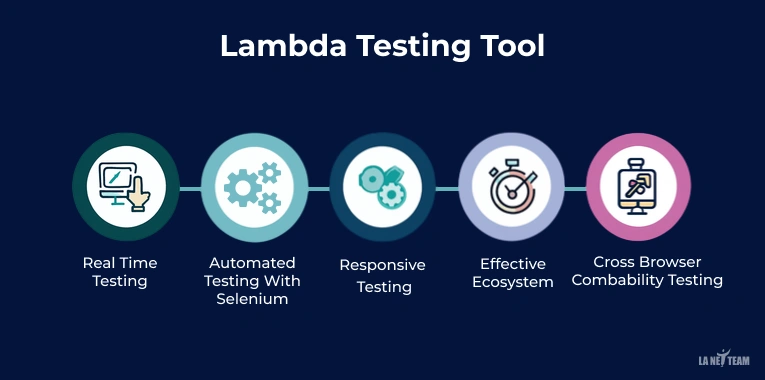
Best for: Teams that want fast cross-browser testing without managing devices.
Lambda test is a cloud testing platform with a big grid of browsers and real devices. It lets you test across thousands of browsers, operating systems, and real devices without building your own lab. Instead of buying and maintaining devices, you run tests in the cloud.
Advantage:
- Cloud-based
- Cross-browser & cross-device
- Parallel testing
- Easy scaling
Disadvantage:
- Paid service
- Internet dependency
- Limited offline testing
5. Browser stack

Best for: Reliable real device testing and fast parallel runs.
A well-known cloud testing platform provides real devices and cross-browser testing. It provides access to actual phones, tablets, and browsers. You can run both manual and automated tests, integrated smoothly into CI/CD pipelines.
Advantage:
- Real-device testing
- CI/CD integration
- Scalable
- Reliable & fast
Disadvantage:
- Costly
- Internet required
- Cloud limitations
6. Cucumber
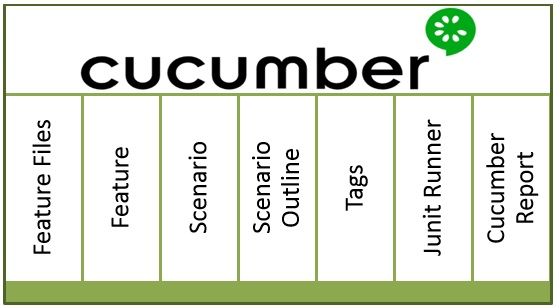
Best for: Teams want close collaboration
Cucumber is a BDD tool that helps you write tests in plain language so business and tech can read the same specs. It lets you write tests in plain language that everyone can easily understand. These readable scenarios are linked to automated test code behind the scenes.
By using this tool, you can improve collaboration and ensure everyone agrees on what ‘correct behaviour’ looks like before coding begins.
Advantage:
- Readable tests
- Collaboration friendly
- Support BDD
Disadvantage:
- Needs discipline
- Extra effort
7. Appium
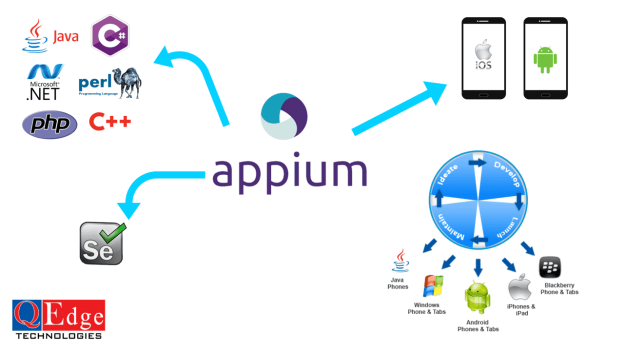
Best for: Mobile teams that want cross-platform automation.
Appium is an open-source tool for automating mobile apps on Android and iOS. It uses the WebDriver protocol. This means teams with web automation experience can reuse their skills and code.
Additionally, it supports real devices and emulators, making cross-platform mobile testing efficient.
Advantage:
- Cross-platform
- Open source
- Language flexibility
- Device variety
Disadvantage:
- Setup can be slow
- Flaky tests
- Maintenance required
👉Related: Learn more about types of software testing methodologies to understand which tests fit your project.
8. Eggplant functional
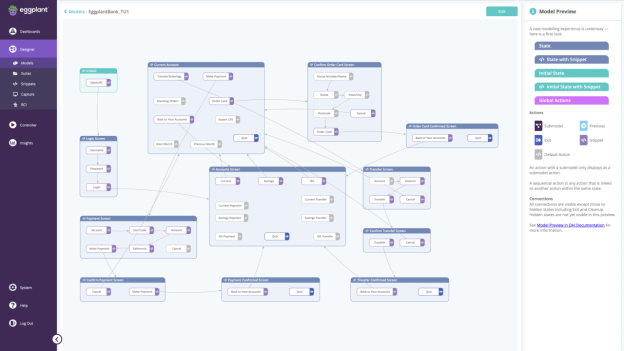
Best for: Teams that need cross-technology UI testing
Eggplant functional is a tool that tests the apps at the screen level using image recognition. It interacts with apps like a real user, clicking buttons and checking pixels instead of relying on internal code.
By doing this makes it perfect for unusual or legacy applications where standard automation struggles.
Advantage:
- Ai driven
- Flexible
- User-level testing
Disadvantage:
- Commercial tool
- Maintenance heavy
- Learning curve
9. Tricentis tosca
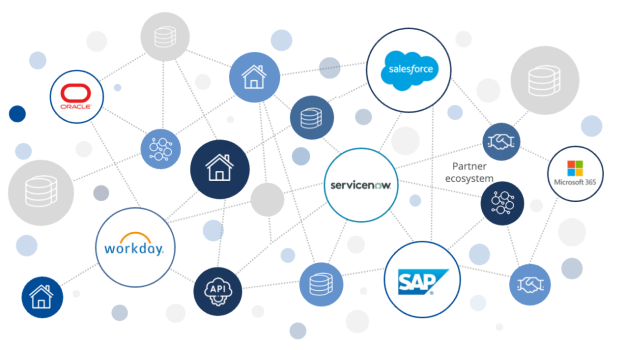
Best for: Large enterprises that want codeless automation
A model-based and codeless approach for test automation, popularly known as tricentis tosca.
By using this tool, even non-developers can design and maintain tests while covering a wide range of enterprise systems. Additionally, it provides strong reporting and test management for large teams.
Advantage:
- Codeless testing
- Enterprise ready
- Strong management & reporting
- Faster test creation
Disadvantage:
- Expensive
- Learning curve
Wrapping Up
No matter how powerful your app is, even the smallest bug can break user trust. That’s why automation testing tools are becoming important to use in 2026.
Above are the top-used tools that will surely help you make your app bug-free. The right choice depends on your team’s skills, project size, and budget.
At the end of the day, the goal is simple: faster releases, fewer errors, and happier users.
